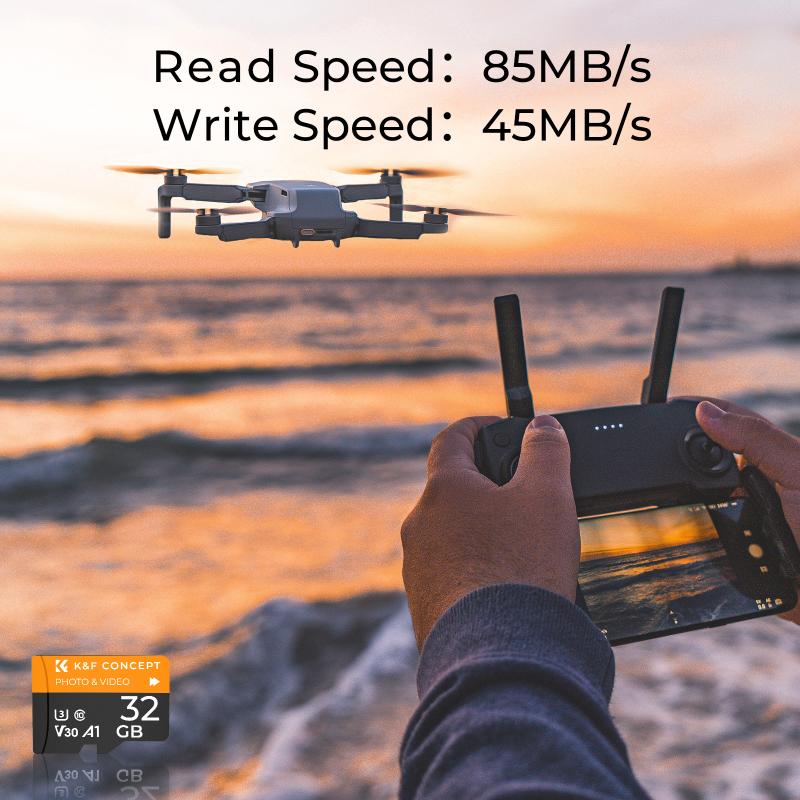How To Use Sd Card Reader?
In today's digital age, the need for additional storage solutions is ever-increasing. Whether you're a photographer, a student, or just someone who needs extra space for files, an SD card reader can be an invaluable tool. This article will guide you through the process of using an SD card reader, covering everything from the basics to more advanced troubleshooting tips.
Understanding SD Card Readers

An SD card reader is a device that allows you to read and write data to an SD card. These readers come in various forms, including built-in slots in laptops, USB-connected external readers, and multi-card readers that support various card formats. The primary function of an SD card reader is to facilitate the transfer of data between the SD card and your computer or other devices.
Types of SD Cards

Before diving into how to use an SD card reader, it's essential to understand the different types of SD cards available:
1. SD (Secure Digital) Card: The original format, typically ranging from 128MB to 2GB.
2. SDHC (Secure Digital High Capacity) Card: Ranges from 4GB to 32GB.
3. SDXC (Secure Digital Extended Capacity) Card: Ranges from 64GB to 2TB.
4. MicroSD Card: A smaller version of the SD card, often used in smartphones and tablets.
Step-by-Step Guide to Using an SD Card Reader

Step 1: Insert the SD Card into the Reader

1. Identify the Slot: Locate the SD card slot on your reader. If you're using a multi-card reader, ensure you insert the card into the correct slot.
2. Insert the Card: Gently insert the SD card into the slot. Ensure the card is oriented correctly, usually with the label facing up.
Step 2: Connect the Reader to Your Computer
1. USB Connection: If you're using an external SD card reader, connect it to your computer via a USB port.
2. Built-in Reader: If your computer has a built-in SD card reader, you can skip this step.
Step 3: Access the SD Card
1. Open File Explorer: On Windows, open File Explorer. On Mac, open Finder.
2. Locate the SD Card: The SD card should appear as a removable drive. Click on it to access the files.
Step 4: Transfer Files
1. Copying Files: To copy files from your computer to the SD card, drag and drop the files into the SD card folder.
2. Moving Files: To move files, use the cut and paste functions.
3. Deleting Files: To delete files, select the files and press the delete key.
Step 5: Safely Eject the SD Card
1. Eject the Card: Before removing the SD card, ensure you safely eject it to prevent data corruption. On Windows, right-click the SD card drive and select "Eject." On Mac, drag the SD card icon to the trash.
2. Remove the Card: Once ejected, gently remove the SD card from the reader.
Troubleshooting Common Issues
SD Card Not Recognized
1. Check Connections: Ensure the SD card is properly inserted and the reader is securely connected to the computer.
2. Update Drivers: Outdated drivers can cause recognition issues. Update your computer's drivers.
3. Try Another Port: If using an external reader, try connecting it to a different USB port.
Data Corruption
1. Backup Data: Regularly back up your data to prevent loss.
2. Use Reliable Cards: Invest in high-quality SD cards from reputable brands.
3. Avoid Interruptions: Do not remove the SD card while data is being transferred.
Slow Transfer Speeds
1. Check Card Speed: Ensure you're using an SD card with a high-speed rating.
2. Use USB 3.0: If your reader and computer support USB 3.0, use it for faster transfer speeds.
3. Close Background Programs: Close unnecessary programs to free up system resources.
Advanced Tips for Power Users
Formatting the SD Card
1. Backup Data: Ensure all important data is backed up.
2. Open Disk Management: On Windows, open Disk Management. On Mac, open Disk Utility.
3. Select the SD Card: Locate the SD card in the list of drives.
4. Format the Card: Choose the appropriate file system (e.g., FAT32, exFAT) and format the card.
Using SD Card Readers with Mobile Devices
1. OTG Adapters: Use an OTG (On-The-Go) adapter to connect the SD card reader to your smartphone or tablet.
2. File Management Apps: Use file management apps to access and transfer files on your mobile device.
Multi-Card Readers
1. Compatibility: Ensure the reader supports the types of cards you use.
2. Simultaneous Access: Some multi-card readers allow simultaneous access to multiple cards, streamlining the transfer process.
Using an SD card reader is a straightforward process that can significantly enhance your data management capabilities. Whether you're transferring photos, backing up important documents, or expanding your device's storage, an SD card reader is a versatile tool that can meet your needs. By following the steps outlined in this guide and implementing the troubleshooting tips, you can ensure a smooth and efficient experience with your SD card reader. Happy transferring!
